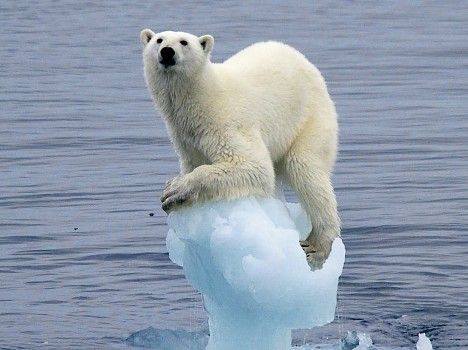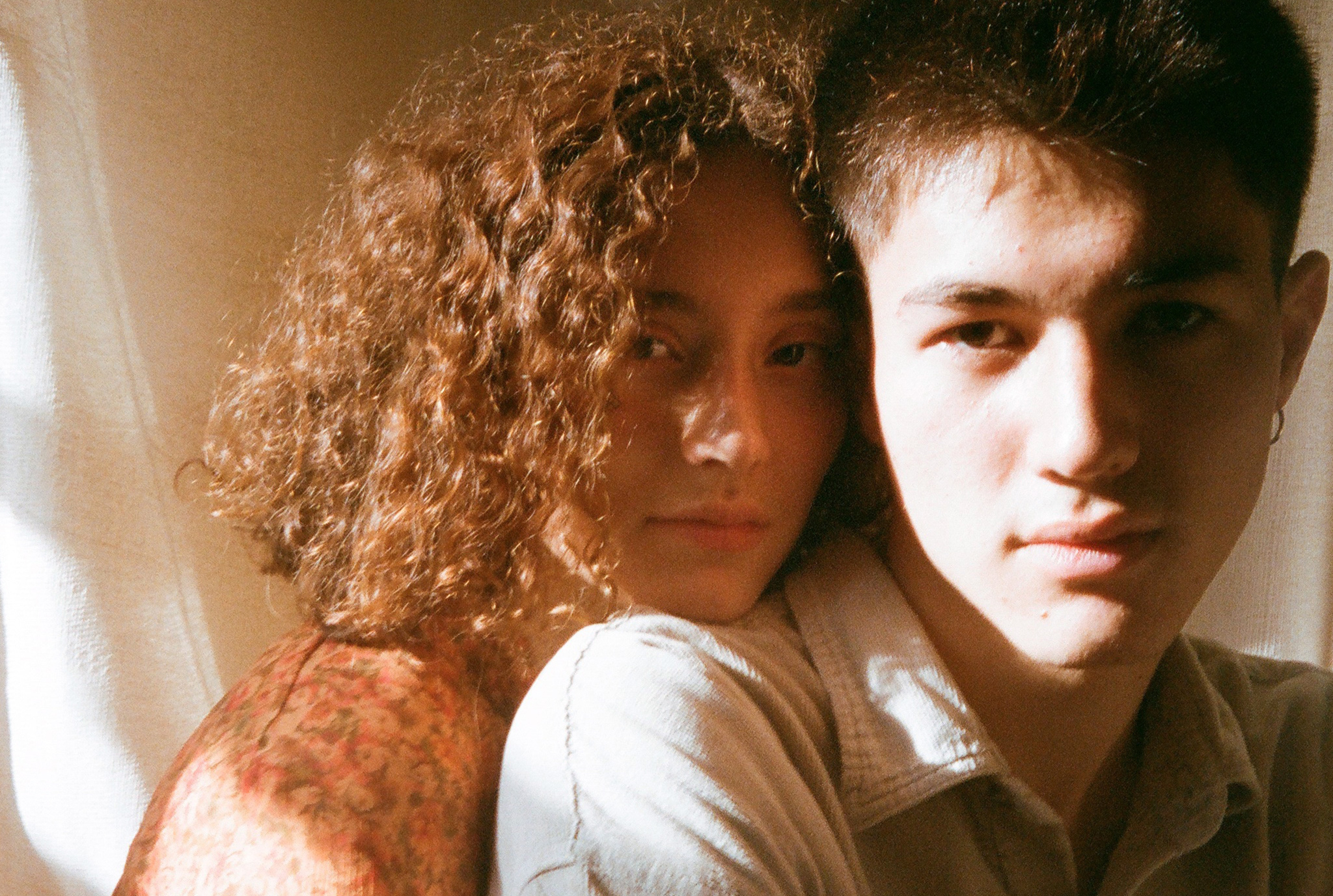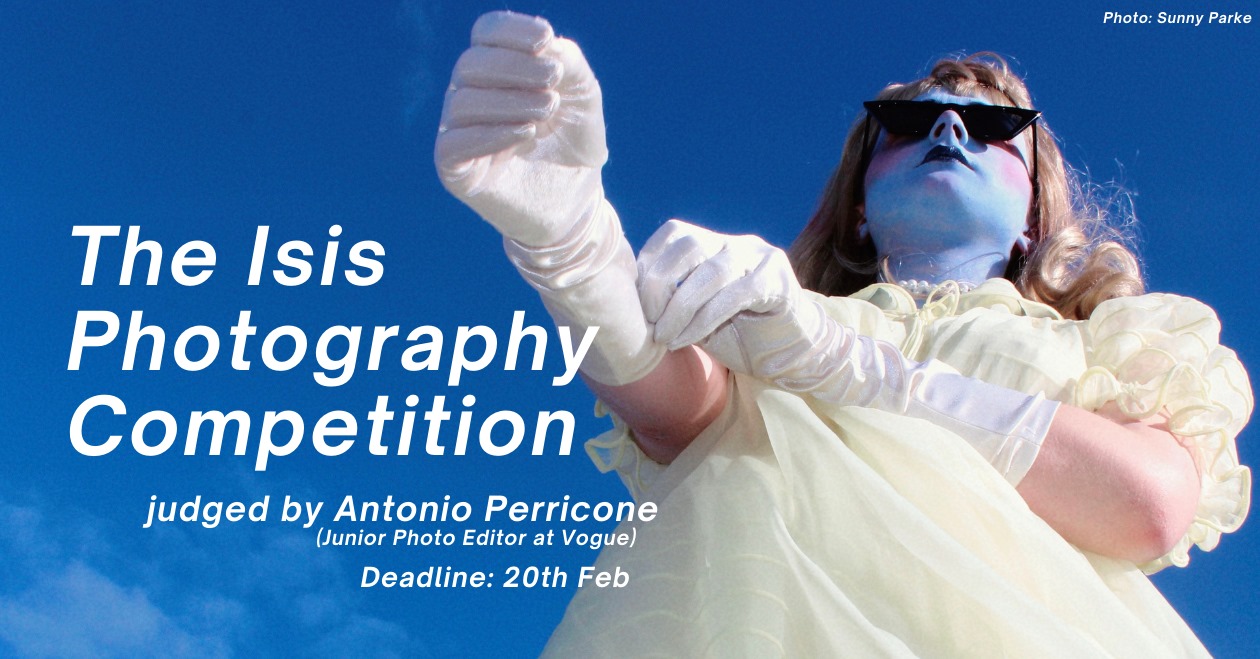
Arne Naevra’s Polar Meltdown
It is rare to capture polemic and pressing issues so simply and yet this iconic image has come to represent the whole climate change debate. It sparks memories of news articles, WWF appeals and school science presentations, effortlessly illustrating a drastic need for action. Taken by Arne Naevra near Svalbard in the Arctic Circle , Polar Meltdown came runner-up in the One Earth Award within Shell’s 2007 Wildlife Photographer of the Year, but the extent to which it would play a role in the ‘climate crisis narrative’ that dominates today’s society was unforeseen.
Due to the invisibility of much of the phenomena caused by climate change, visible entities such as melting glaciers, stranded polar bears, encroaching deserts and disappearing low lying islands are often depicted to grasp the public’s attention. Polar Meltdown has become so iconic because of its focus on a helpless, yet extremely charismatic animal. The image invokes a sense of guilt, which is why it has been so successfully used in global climate campaigns. The underlying awareness of urgency, framed by the precarious block of ice and the uncomfortable posture of the bear, calls to the viewer. The grey and unforgiving seascape surrounding the animal reinforces the reality that climate change is happening. Finally, what is incredible about this image is that it is able to portray that climate change is having diverse effects all over the world whilst only presenting a very specific environment. Due to the climate crisis narrative constructed by the media, where public action is invoked through dramatic depictions of climate change consequences, such an image can hold incredible political weight and can even lead to policy change. Therefore, there is much more to what, at first glance, seems a rather bemusing picture of a bear in the snow.
Photo credit: flickr







